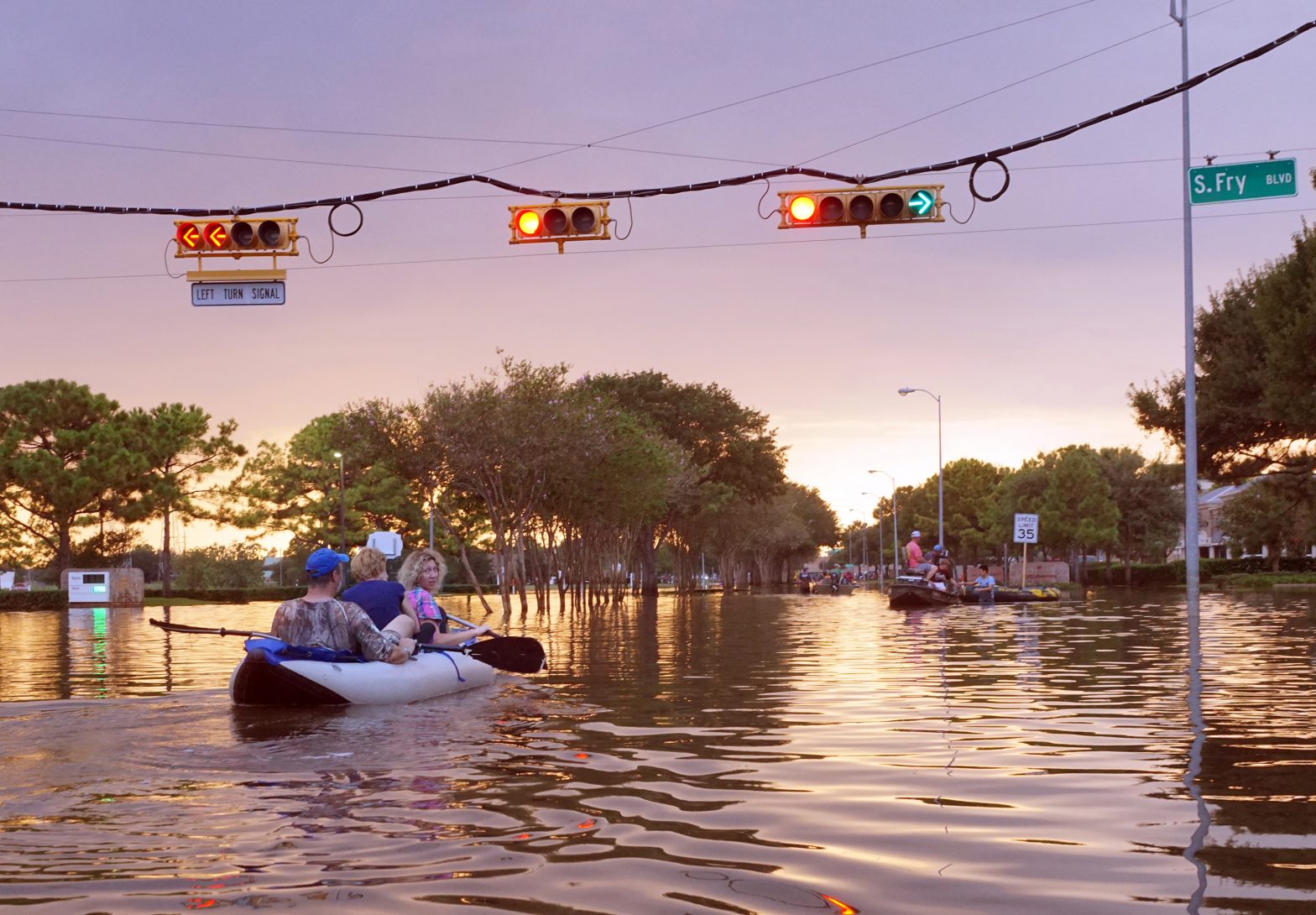Understanding Disasters in Houston
How natural disasters and COVID-19 affect our region and residents
Greater Houston has experienced seven federally declared disasters since 2015, including the novel coronavirus pandemic. We Houstonians are accustomed to natural disasters such as hurricanes, flooding and the occasional spin-off tornado. In addition to a record-breaking hurricane season, the year 2020 has brought a public health disaster and resulting economic crisis to our doorstep.
The more we understand how disasters have affected our region, the more we can do to minimize our risk, mitigate negative impacts, and improve our response so that everyone in our community — especially the most vulnerable — can bounce back quickly.
A note about the data:
Data on the impact of hurricanes and flooding on residents in Greater Houston has historically been thin. However, in the aftermath of Hurricane Harvey, more is being done to capture the various ways in which Greater Houston residents are affected by natural disasters and flooding beyond the usual metrics. If the following subtopic pages tend to overemphasize Hurricane Harvey, it is for that reason — though Understanding Houston makes attempts to provide data on other disasters in the region when possible.
We also acknowledge that building our disaster resiliency and measuring the region’s progress requires a more expansive set of data than what you’ll find here. Our ability to bounce back from disasters is tied to economic, social, environmental infrastructure attributes and assets, as well as capacities that include social capital, community functions, connectivity and planning. Data limitations prevent us from addressing all these areas, but the data presented here speaks to the human, social and economic toll disasters take on our region — with an emphasis on our region’s most vulnerable populations.
